On April 1, 1945, the United States military launched its invasion of the main island of Okinawa, the start of a battle that was to last 12 weeks and claim the lives of some 240,000 people. This film depicts the Battle through the eyes of Japanese and American soldiers who fought each other on the same battlefield, along with Okinawa civilians who were swept up in the fighting. The film also depicts the history of discrimination and oppression forced upon Okinawa by the American and Japanese governments. Carrying up to the current controversy over the construction of a new base at Henoko, the film explores the root causes of the widespread disillusionment and anger expressed by many Okinawans. This ambitious documentary was directed by the American John Junkerman, long-term resident of Japan and Oscar-nominated documentary filmmaker. Okinawa: The Afterburn is a heartfelt plea for peace and an expression of deep respect for the unyielding spirit of the Okinawa people.
Related Movies

Rise of the Superbombs (2018)
Viewers go inside the new world of futuristic conventional warfare and journey through the modern development of the U.S. and worldwide arsenals, highlighting the critical technological turning points of the post-WWII age, the most fearsome weapons in circulation now, and the mind-blowing armaments in development that will soon eclipse anything seen thus far.
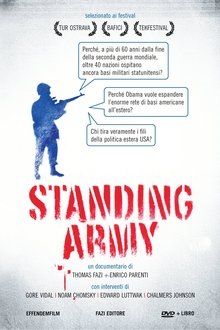
Standing Army (2010)
Standing Army, directed by Enrico Parenti and Thomas Fazi, is an award-winning documentary film about the global network of U.S. military bases, the impact that these have on local populations, and the military-industrial complex that lies behind it.
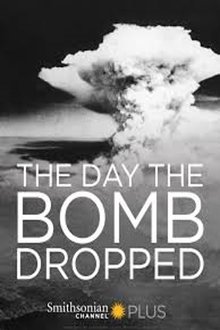
The Day They Dropped The Bomb (2015)
On August 6 1945, one plane dropped one bomb on the Japanese city of Hiroshima. In an instant, the city was destroyed and 80,000 people were dead. But the dropping of the Atomic bomb also launched the Nuclear age, shaping all of our lives and changing the world for ever. For this film we have tracked down people who made the bomb, people who dropped the bomb, and people who were in Hiroshima – some less than half a mile from ground zero -when the bomb fell on their city. Many of the witnesses are in their 90s and this will be the last time they will be able to tell their extraordinary stories. The Day They Dropped The Bomb is told through witness recollections, rare archive film and photographs shot at the time. The documentary will be broadcast for the 70th anniversary of Hiroshima next year by ITV and in America by the Smithsonian Channel.

Sicko (2007)
A documentary about the corrupt health care system in The United States who's main goal is to make profit even if it means losing people’s lives. "The more people you deny health insurance the more money we make" is the business model for health care providers in America.
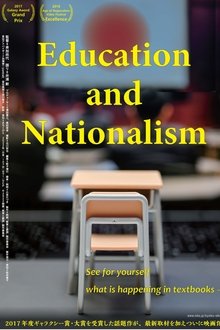
Education and Nationalism (2022)
A group of uniformed Japanese schoolchildren make their way to class. But what they will be taught when they get there is a subject increasingly under government scrutiny. EDUCATION AND NATIONALISM traces growing government intervention in Japanese history and social science education over the last decade — a process embraced by the late Japanese Prime Minister Shinzo Abe.

A Doctor's Sword (2015)
An Irish doctor survived the atomic bomb attack on Nagasaki and was given a Samurai sword for the lives he saved. 70 years later his family searches for the origin of their father's sword.
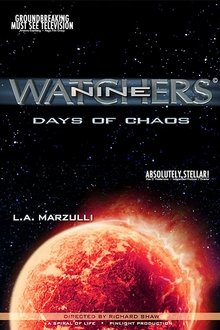
Watchers 9: Days of Chaos (2015)
WATCHERS NINE, DAYS OF CHAOS attempts to pull together a team of experts to try and answer some of the most disturbing questions about the times in which we live. Host/Author L.A. Marzulli covers many topics of interest: Dr. Brooks Agnew tells us about EMPs and Jade HELM. We investigate the bee die-off, the 7 year drought in California, violence increasing, Director Richard Shaw found aliens in the Kumburgaz UFO footage and shows how he did it, a pastor in Iran tells us that Yeshua is visiting

The First World War (1934)
Produced by the Fox Movietone News arm of Fox Film Corporation and based on the book by Lawrence Stallings, this expanded newsreel, using stock-and-archive footage, tells the story of World War I from inception to conclusion. Alternating with scenes of trench warfare and intimate glimpses of European royalty at home, and scenes of conflict at sea combined with sequences of films from the secret archives of many of the involved nations.
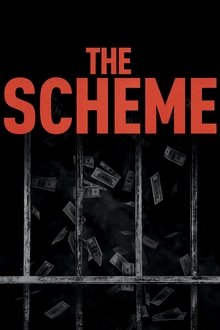
The Scheme (2020)
The revealing, no-holds-barred tale of Christian Dawkins, convicted in federal court in the biggest criminal case in collegiate sports history, a criminal enterprise that infiltrated college basketball teams and funneled hundreds of thousands of dollars to steer recruits to prominent athletic programs.

Army Champions (1941)
This Pete Smith Specialty short focuses on the young men who have signed up for the U.S. Army. The film uses the analogy of the speed, accuracy, and teamwork of sports and how these qualities are translated into the weapons training of American soldiers. We watch target practice by Army personnel with shoulder weapons, mortars, and various artillery pieces.
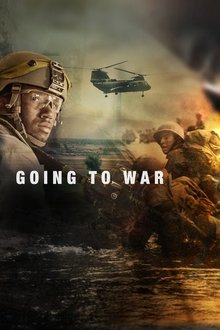
Going to War (2018)
What is it really like to go to war? Filled with terror, pain, and grief, it also brings exhilaration, and a profound sense of purpose. Renowned authors Karl Marlantes and Sebastian Junger help us make sense of this paradox and get to the heart of what it’s like to be a soldier at war. Veterans of various conflicts reveal some universal truths of combat with unflinching candor.

The Melvins: Across the USA in 51 Days: The Movie! (2015)
Shot entirely on smartphones, this documentary charts the Melvins' record-breaking tour where the band played shows in all 50 states, plus Washington, D.C., over 51 consecutive days.
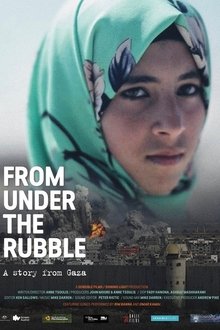
From Under the Rubble (2017)
This is a detailed personal account of one of the worst incidents to take place during Israel's 2009 invasion of Gaza. Ten-year old Amal Samouni lost her father, brother and 48 members of her extended family. She spent three days trapped under the rubble and still suffers from fifteen pieces of shrapnel imbedded in her head. Her shocking story is brought vividly to the screen by director Anne Tsoulis who examines the events and the cost to those affected.
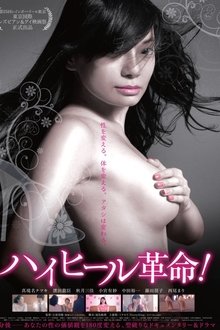
High Heels Revolution! (2016)
From a young age, Natsuki knew she was a girl despite her sex assigned at birth. Against the backdrop of conservative Japanese society, this poignant docudrama tells her remarkable story of gender transition. Reflecting on her high school years, Natsuki interviews the supportive friends and family who supported her choices – and also confronts the people those who oppressed her freedom. Tracing Natsumi’s story to the present, this compelling portrait of gender identity in contemporary Japan offers insights of a layered experience in a complex society.
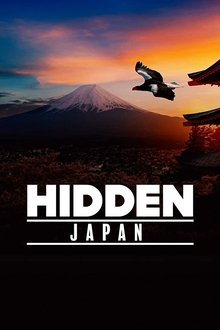
Hidden Japan (2020)
The culture of Japan is incredible, from bloom festivals to ultra-modern cities. But there are also more than 130 mammals and 600 bird species dwelling in Japan’s 6,852 islands. This island chain is long enough to span climate zones, providing a huge range of habitat.

Guerrilla News Network: The War Conspiracy (2002)
In 1970, at the height of the Vietnam War and on the heels of Nixon's announcement that U.S. troops would invade Cambodia, a mild-mannered English professor at UC Berkeley completed a startling book called The War Conspiracy. Yet, despite the fact that the author's publisher was Bobbs Merrill, a major literary brand, the book never reached the public domain. Little did the professor know there were powerful forces working behind the scenes to prevent its release. He would later discover that through its ties to ITT, a major shareholder in Bobbs Merrill, the Central Intelligence Agency was able to suppress the book.
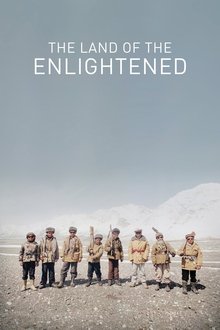
The Land of the Enlightened (2016)
A group of Kuchi children are living in a minefield around Bagram airfield, Afghanistan. They dig out anti-personal mines in order to sell the explosives to child workers mining in a Lappis Lazulli mine. The trajectory of the blue precious stones goes towards Tajikistan and China, through an area controlled by child soldiers. When they are not waging their own mini-wars in the daily madness of life in Afghanistan, the children are fleeing away in their personal fantasies and dreams, while the American soldiers are planning their retreat...

Operation Market Garden: Arnhem - Battle of the Woods (2012)
Jumping in to Drop Zones eight to ten miles from Arnhem on the second day of Operation Market Garden was always going to be difficult for Brigadier “Shan” Hackett's 4th British Parachute Brigade. With little information on how 1 Para Brigade's battle went the day before or what faced them on the ground the stage was set for an epic battle. John Waddy, v company commander in 156 Para Battalion and a team of Arnhem experts cover the ground where 4 Para Brigade fought with 9 SS Pz Div in the woods to the west of Arnhem in what was to be an unequal but heroic battle; the result of a flawed concept and plan.Driven back the Brigade was withdrawing across LZ P when the Polish heavy lift gliders swept in to cause. Captain Quirepel was awarded a posthumous Victoria Cross for his action in helping stem the enemy advance long enough for the Paratroopers to escape across the railway embankment by nightfall.
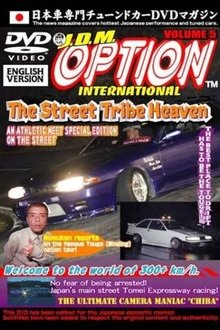
JDM Option International: Volume 5 - 2004 Street Tribe Heaven (2004)
Every drift fans knows that despite the growing popularity of drift-racing, the heart of the ride will always be the Touge (mountain pass), and in this release Nomuken leads the JDM Option team through the very origins of Japanese drifting. As an added bonus, the JDM Option crew also shares a mysterious video sent in by an unidentified street racer who rockets along the Tomei Expressway at speeds in excess of 300km/h.
